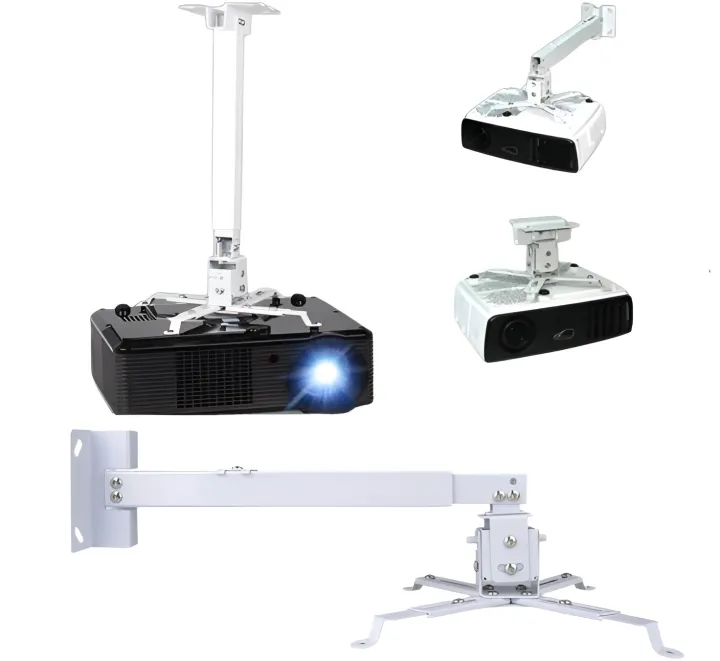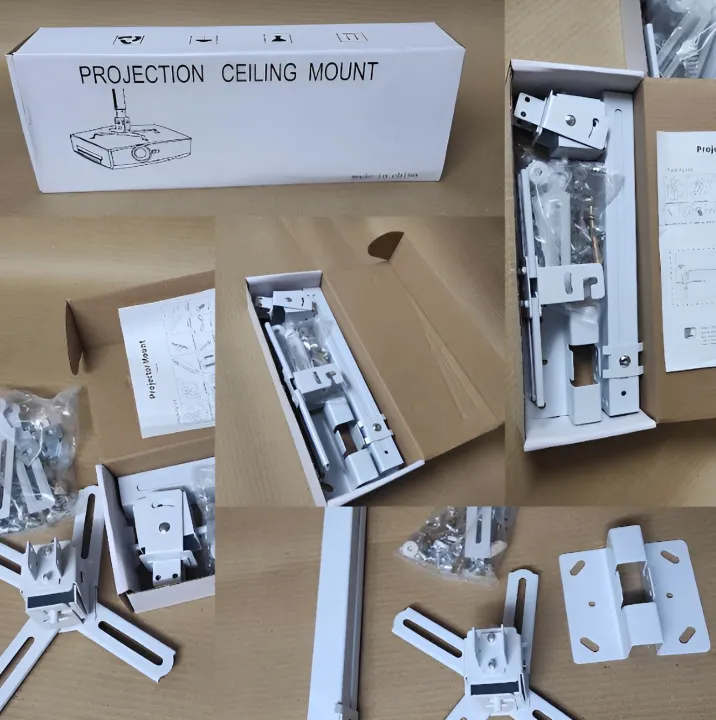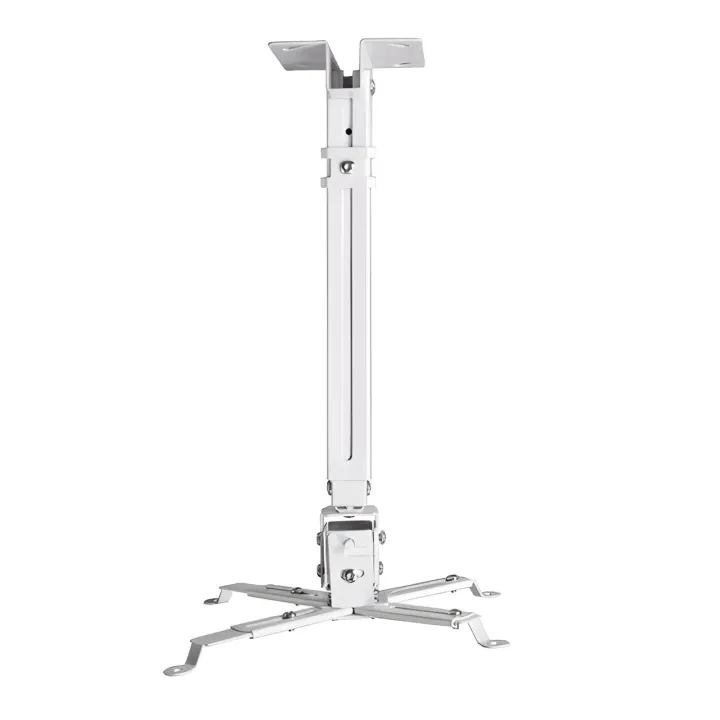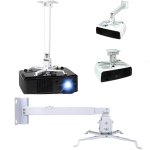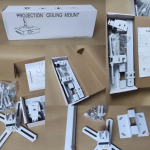- Prepare the necessary tools: Gather all the required tools, including a drill, screwdriver, level, stud finder, measuring tape, pencil, and the mounting kit that comes with the projector mount.
- Choose the mounting location: Select a suitable location on the ceiling for the projector. Ensure it is close to a power outlet and has a clear line of sight to the projection screen or wall.
- Locate ceiling studs: Use a stud finder to locate ceiling studs. It's essential to mount the projector on a sturdy structure for stability and safety.
- Mark the mounting holes: Place the projector mount bracket on the ceiling and use a pencil to mark the positions for the mounting holes. Make sure the bracket is level and aligned correctly.
- Drill pilot holes: Use a drill bit slightly smaller than the screws provided in the mounting kit to drill pilot holes at the marked positions. This step prevents the ceiling from splintering when driving in the screws.
- Attach the mount bracket: Securely attach the mount bracket to the ceiling using the screws provided in the kit. Ensure that the bracket is firmly fixed to the ceiling studs for stability.
- Assemble the projector mount : Follow the instructions in the mounting kit to assemble the projector mount .
- Attach the projector plate: Attach the plate to the bottom of your projector securely.
- Connect the projector to the mount arm: Carefully place the projector on the mount arm and use the provided screws or brackets to secure it in place. Be cautious not to over-tighten, as it may damage the projector.
- Adjust the projector alignment: Make sure the projector is aligned correctly to the projection screen or wall. Adjust the tilt, roll, and yaw as necessary to achieve the desired projection image.
- Check for stability and safety: Once the projector is installed, ensure that all connections are secure and the mount is stable. Test the projector by turning it on and adjusting the image as needed....
